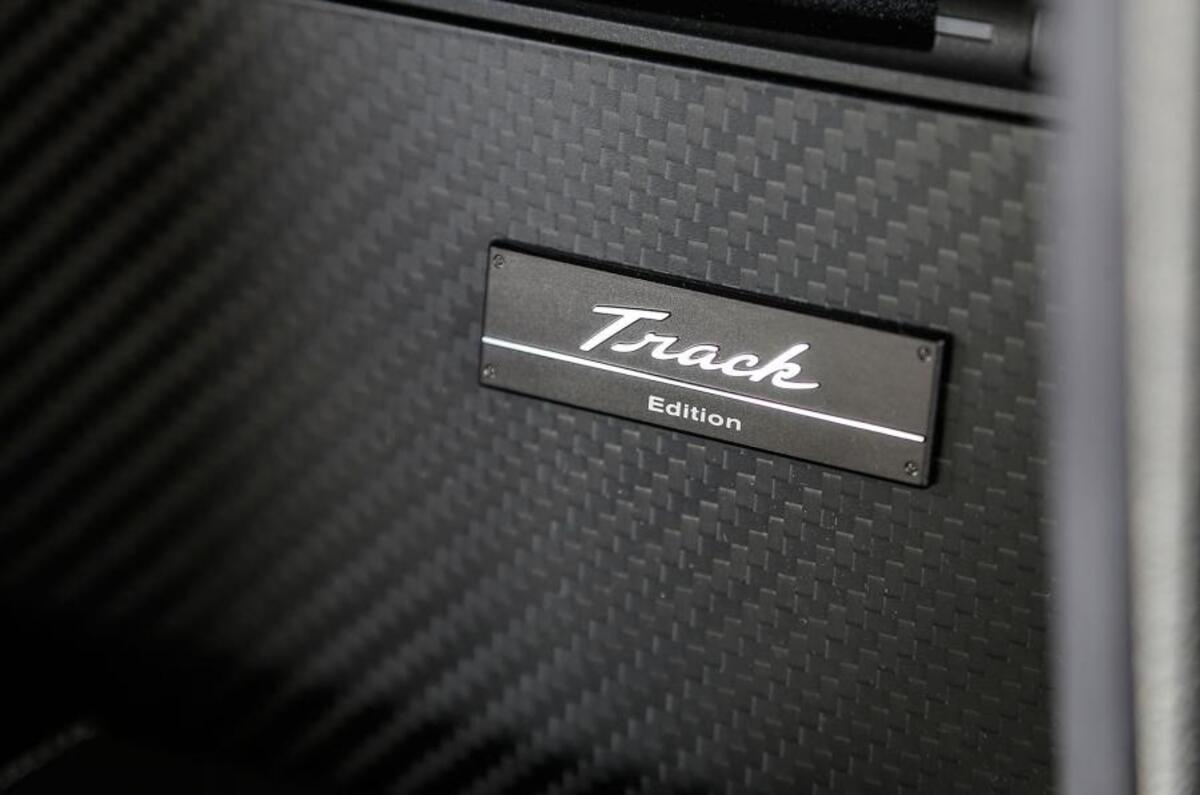Another Nissan GT-R? Aye. But bear with me, this one’s worth mentioning. There are those, it seems, for whom a conventional 542bhp Nissan GT-R isn’t quite enough, yet who think that a 592bhp GT-R Nismo is a bit too much. This, the Nissan GT-R Track Edition engineered by Nismo, is for those people.
Actually, it does make sense; there is a gap betwixt the two models – the regular and extreme – into which this version neatly slots. A ‘base’ GT-R costs £78,030; the Nismo, as a result of its more special engine, carbon fibre-heavy interior and aero-exterior, costs a not inconsiderable £125,000.
The Track Edition takes some of the bits of the Nismo to position itself somewhere between the two. At £88,560, it retains the regular GT-R’s twin-turbo V6 and its 542bhp and 466lb ft outputs, and retains the regular interior, too, but it gets the Nismo’s suspension upgrades and some amendments to the body – not aerodynamic addenda, you understand, but it receives bonding on its body to supplement spot-welds, as the Nismo does, to stiffen the shell.
The suspension is pure GT-R Nismo, with three-stage adjustable Bilstein dampers, a hollow rear anti-roll bar, Nismo wishbone links at the front, and high-rigidity bolts to stiffen the suspension around the wheel hub. The idea behind all of that is greater wheel control and better stability, both in a straight line and during extreme cornering. There are Nismo-spec wheels and tyres, too.













































